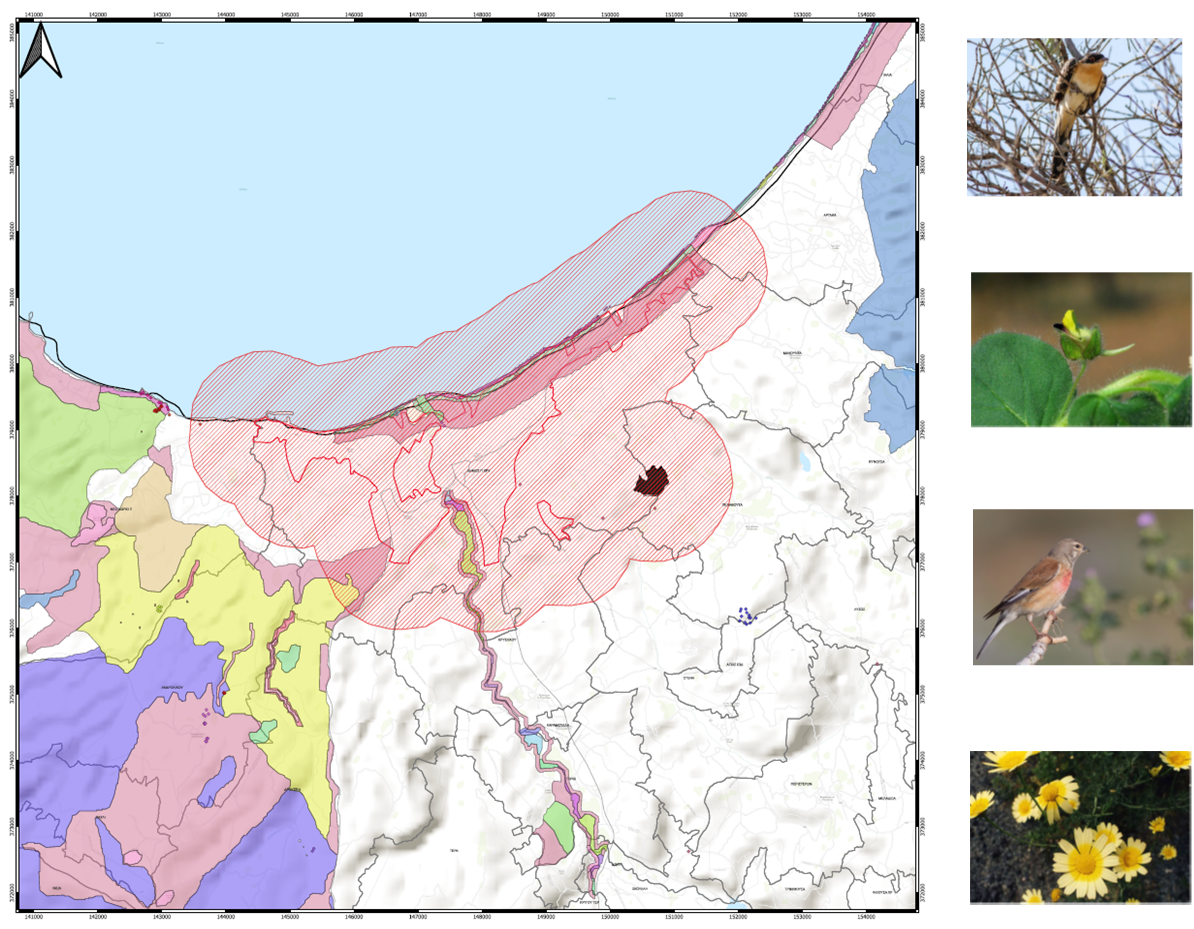
C-FOOT-CTRL
Challenge
Gaseous emissions are emitted from various stages of treatment in a WWTP. Currently, in developed countries the energy required for wastewater treatment accounts for approximately 3% of the total electrical load. Also, WWTPs are the biggest single energy consumers of municipalities with a share of 20% of the total energy consumption.
Strategies to decrease the required amount of energy may in fact cause greater harm due to the increase of GHG emissions. Various greenhouse gas emissions are associated with the construction and operation of WWTPs.
The development of a tool that will be able to accurately record on line the various gaseous emissions during the construction and in the different treatment processes of WWTPs is important in order to (i) track the emissions at the moment of occurrence (ii) immediately apply measures to reduce gaseous contaminants and to (iii) link the gaseous emission with a particular activity in the plant. The on line GHG emissions monitoring and control system will be an innovative, low cost and flexible system based on wireless sensor networks for monitoring and ‘supervising’ activities aiming to reduce GHG emissions during the operation of WWTPs at all stages (pre-treatment, primary treatment, biological treatment, tertiary treatment).
Approach
C-FOOT-CTRL aims to develop, test and validate a new software tool for the online monitoring, control and mitigation of the carbon footprint of wastewater treatment plants (WWTPs). Gaseous emissions are emitted from various stages of treatment in a WWTP. Currently, in developed countries the energy required for wastewater treatment accounts for approximately 3% of the total electrical load. Also, WWTPs are the biggest single energy consumers of municipalities with a share of 20% of the total energy consumption. The typical energy efficiency of WWTPs in Europe is less than 50%, when energy efficiency is defined as the ratio of electricity generated at WWTP to the electricity needed from grid to operate the WWTP. Strategies to decrease the required amount of energy may in fact cause greater harm due to the increase of GHG emissions. Various greenhouse gas emissions are associated with the construction and operation of WWTPs. These include carbon dioxide (CO2), methane (CH4) and nitrous oxide (N2O), with nitrous oxide being 298 times more harmful than CO2.
The development of a tool that will be able to accurately record on line the various gaseous emissions of WWTPs is important in order to (i) track the emissions at the moment of occurrence (ii) immediately apply measures to reduce gaseous contaminants and to (iii) link the gaseous emission with a particular activity in the plant. The on line GHG emissions monitoring and control system will be an innovative, low cost and flexible system based on sensor networks for monitoring and ‘supervising’ activities aiming to reduce GHG emissions during the operation of WWTP.
Impact
Why are GHG emissions important in the operation of WWTPs? During the operation of a WWTP nitrous oxide (N2O), carbon dioxide (CO2), methane (CH4), nitric oxide (NO) and other gases can be emitted. N2O is of particular environmental concern, since it has a global warming potential that is 298 times higher than that of CO2. In terms of CO2 equivalents (eq) nitrous oxide contributes by 7.9% to the total anthropogenic greenhouse gas (GHG) emissions. The global production of N2O emissions from WWTPs corresponds to approximately 3.2% of the total estimated anthropogenic N2O emissions in the world. The N2O emissions from wastewater management are estimated to contribute by 26% to the total greenhouse gas (GHG) emissions of the water chain. Furthermore, the recent adoption of advanced biological nutrient removal processes such as nitritation/denitritation and the completely autotrophic nitrogen removal processes, although energy and cost effective can increase the GHG emissions due to greater emissions in nitrous oxide.
The main objective of C-FOOT-CTRL is to develop an innovative software tool for on line monitoring, control and mitigation of greenhouse gas (GHG) emissions in wastewater treatment plants (WWTPs). This will be achieved through the effective collaboration of 4 European SMEs, 3 European Universities, 4 third country (TC) organizations (1 University and 3 SMEs from Australia and the US) which will collaborate through complementary activities and develop an end product of high added value. The implementation of this software tool is expected to decrease the GHG emissions in WWTPs by at least 15%.









